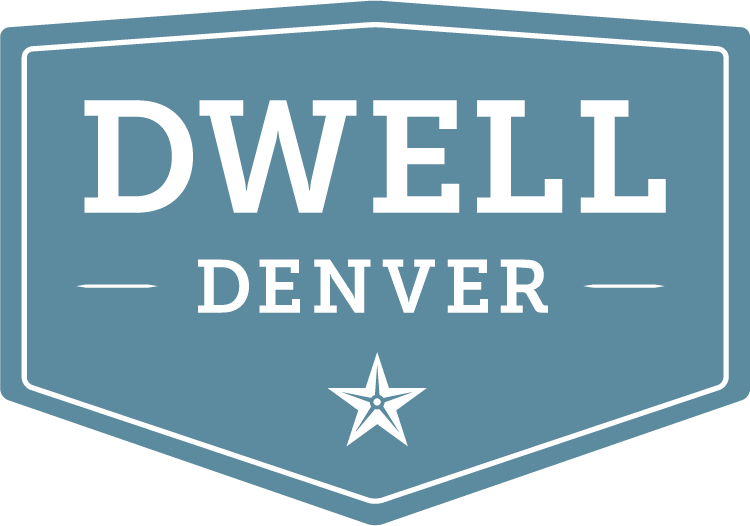8 Things You Need to Make a Homeowner’s Insurance Claim Less Stressful
We tend to be happy-go-lucky, always-optimistic types. But sometimes, thinking about the worst-case scenario is a really good thing. Not only does that mentality help prepare us for unthinkables, but it also helps us manage when sh*t hits the fan (or the basement floor, for example).
Liiiiiiike…. a little worst-case-scenario thinking can prevent so.many.headaches when it comes to the insurance claim process.
According to the Insurance Information Institute, home insurance claims are relatively rare–only 5 in 100 homes each year. But if you’re among the unlucky 5%, life can get massively complicated. Navigating the homeowner’s insurance claim process is long, difficult, and stressful.
These tips will help you help your insurance company.
8 Things You Need Before Filing a Denver Homeowner’s Insurance Claim
#1 Adequate Coverage
One of the biggest mistakes people make when buying their home is not purchasing sufficient insurance coverage. It can be tempting to compare policies based on price alone. But then when you need to file a claim, you may find you’re SOL. When choosing a homeowner’s policy, make sure it has the coverage you need, not just the price you want.
Also, any time you make upgrades to your home, update your coverage. Switch from carpet to hardwood? Laminate to granite countertops? Update your coverage so your new household features are covered!
Pro-tip: Make sure you actually read your policy. In a worst-case-scenario, you’ll want to know what it covers and what it doesn’t.
#2 Regular Home Maintenance
The best way to avoid an insurance claim is to keep your house in tip-top shape. To avoid water damage, keep your pipes clog-free and install a leak-detecting sensor. Have your HVAC system routinely inspected and maintained. Maintain your water heater, and test your GFI outlets periodically.
Also? Some expenses won’t be covered by your policy if the insurance company determines the issue with your home was due to negligence. Home insurance is for the unexpected, not for preventable issues. So keep your house on the up-and-up and you’ll be good to go!
#3 Your Insurance Provider’s Phone Number
If disaster strikes, you don’t want to be sifting through piles of paper or scouring the internet for your insurance agent’s phone number. Instead, save it to your phone. Right now!
#4 A Home Security System
The availability—and financial accessibility—of home security systems has boomed in the last decade. Investing in a home security system—from simple flood lights to full-scale security cameras—can help give you peace of mind, prevent theft, and document any disaster that may happen. It may also qualify you for a discount on your insurance premiums.
#5 Working Smoke Alarms
Maintain working smoke detectors in your home at all times.
Not only will this help prevent house fires, it can also keep you in good graces with your insurance company. If the claims adjuster finds out you don’t have functioning smoke detectors, you’ll complicate your claim and reimbursement. Changing out those batteries is worth it!
#6 A Fireproof Lockbox
In the event of fire or flood, you’ll want a sturdy lockbox to keep all your critical documents safe and sound. Make sure to include these and any other extra important documents:
Life insurance contracts
Social security cards
Original birth certificates
Car titles
Passports
Banking information
Safety deposit box keys
Powers of attorney
Home insurance policy
#7 Video and Physical Records of Your Belongings
Having an up-to-date home inventory will help you:
Verify your losses for your income tax return
Settle your insurance claim faster
Purchase the right amount of insurance
And thanks to the tiny computers we carry around in our pockets, creating an inventory is easy-peasy. Simply walk around your home and record a video of your belongings.
Don’t gloss over anything. Do close-ups of your fine jewelry, zoom in on your computer serial numbers, and so on. Take your time with this task, capturing everything from floor to ceiling. When you’re finished, upload your video to the cloud for safekeeping (e.g., Dropbox or Google Drive).
Then, physically document particularly valuable items, such as jewelry (take full-color scans of each piece), computers, and electronics. Include purchase dates and prices and current value whenever possible. Put a copy of the list in your lockbox and keep a copy in the cloud.
#8 A Homeowner Binder
A binder like this is the perfect way to stay organized and have all your homeownership details right at your fingertips when you need them most. It has plenty of space so you can add and add without it overflowing.
In your binder, you can keep maintenance histories, appliance information, contractor information, and more. That way, after a disaster, you already have the information you need to get your home back to living condition.
We’re hoping you never, ever have to file a claim.
But if you do, we’d love to help. Fill out this form and we’ll get you a homeowner binder—on us!

